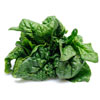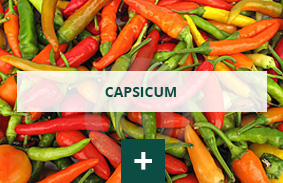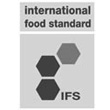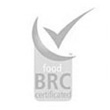Dehidrated Vegetables
The drying process reduces volume and weight of food well over half, with huge advantages in terms of preservation and storage.
Dehydration also allows easier handling and dosing of the ingredients.
Moreover, being realized at high temperatures,it also allows to obtain a significant reduction in bacterial load, and a minor risk due to lower presence of pathogenic germs. Dehydration, finally, makes vegetable easier to digest, respecting the fiber content and other compounds useful for nutrition.
Nutrients in dried vegetables
The drying process enables the conservation of most minerals and vitamins, without altering taste and caloric content, unlike other traditional preservation methods (cooking, pasteurization, addition of natural preservatives such as salt, oil, vinegar).
During the drying process vegetables lose up to 95% water. Dehydrated vegetables and fresh ones contain the same amount of calories, although the dry weigh less than half.
Drying Method: continous dehydration
Today, the drying of vegetables is carried out mainly thanks to special electric dryers consisting of perforated trays on which vegetables are displayed, a heat generator and a fan which blows warm air into the drying chamber.
The lenght of the process depends on the thickness and type of vegetables: the thicker is cut, the longer it lasts .
Pre-treatment
Vegetables must be washed and usless and rotten parts must be removed; then they are cut into proper size pieces. Normally vegetables which contain a lot of water must be cut thicker to avoid their crumbling during the drying process.
To stop the deteriorating action of enzymes and microorganisms vegetables are chopped , steamed or immersed in salt water.
These measures help to get safe and high quality. Boiling or soaking in salt water reduces the presence of potential pathogens, bacteria, viruses and parasites as well as reducing the time to rehydrate the product before use.

Dehydrated Onion

Dehydrated Leek

Sun Dried Tomatoes

Dehydrated Red and Green Peppers

Dehydrated Spinach

Dried Carrots















